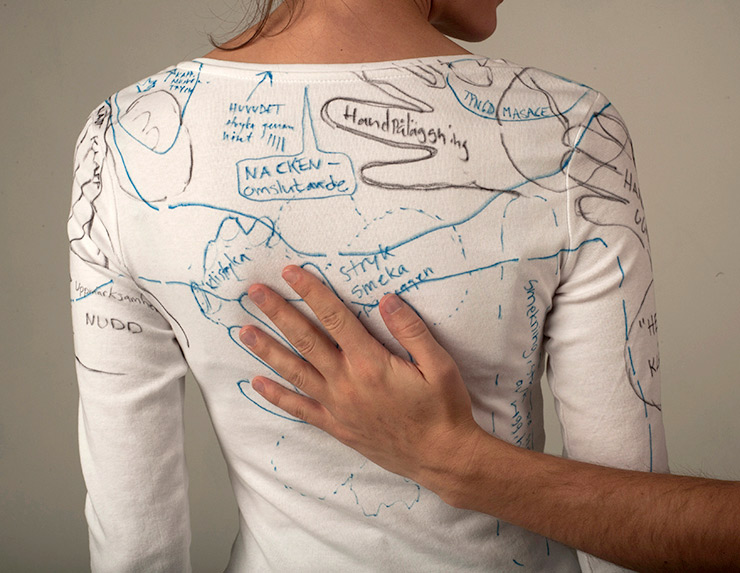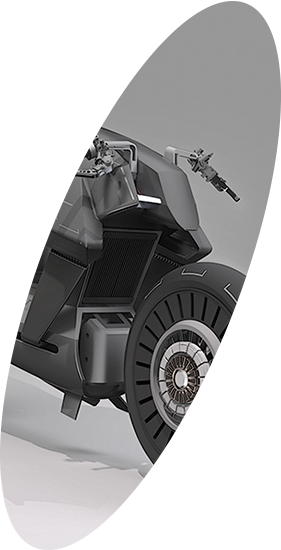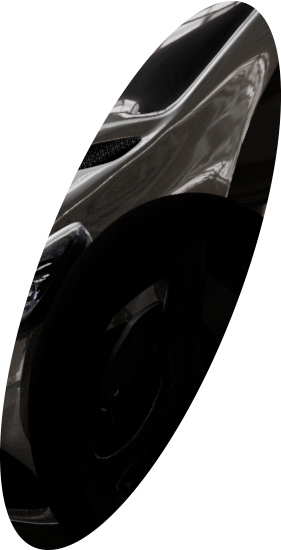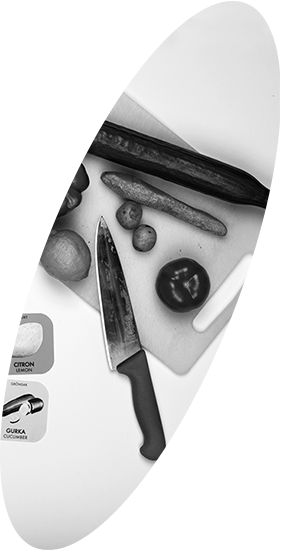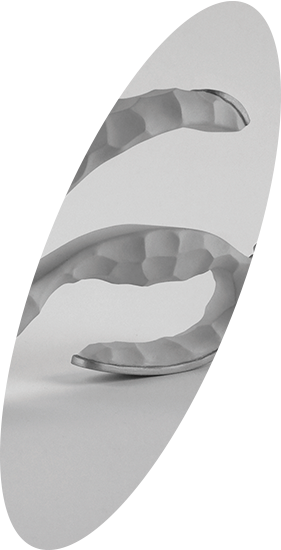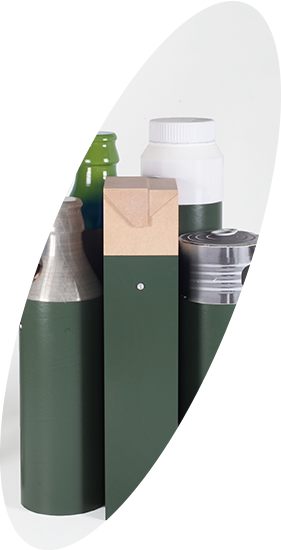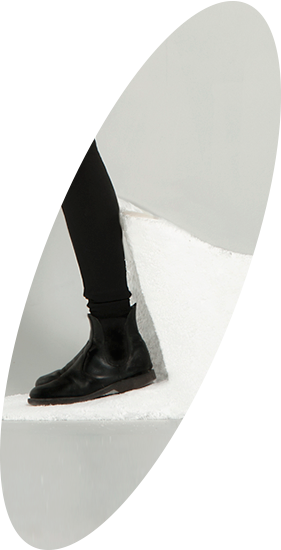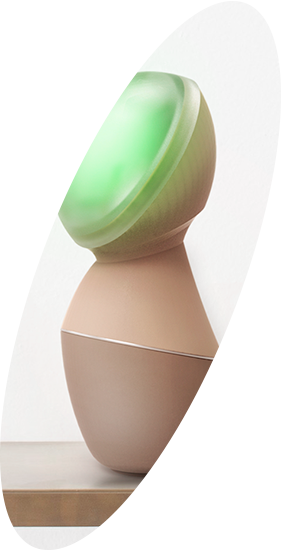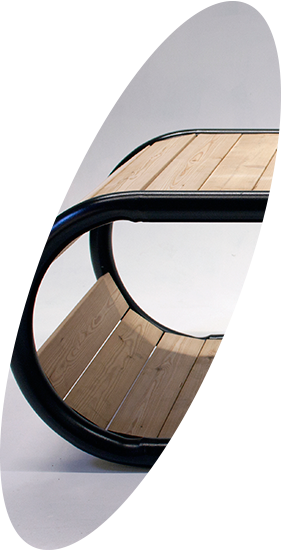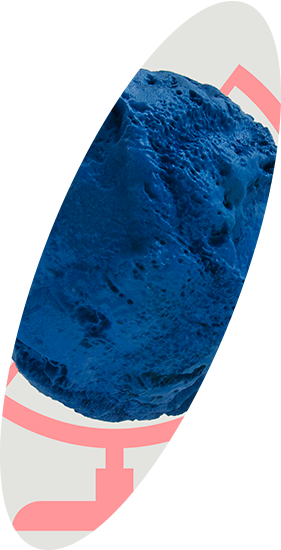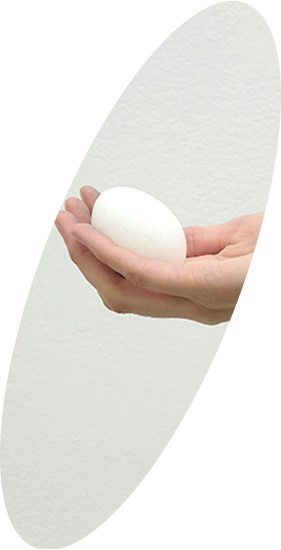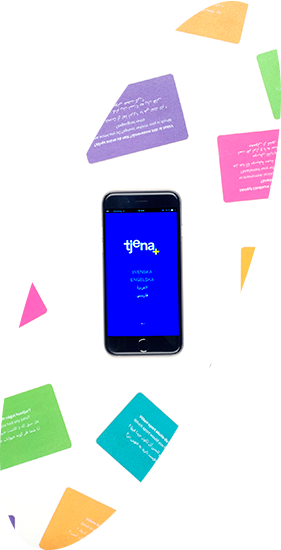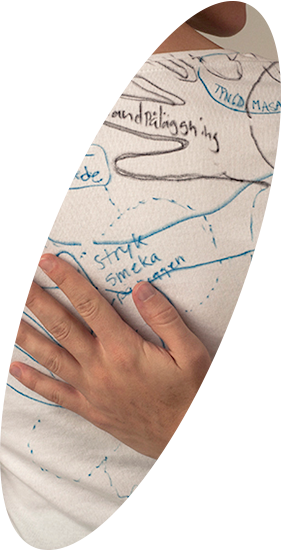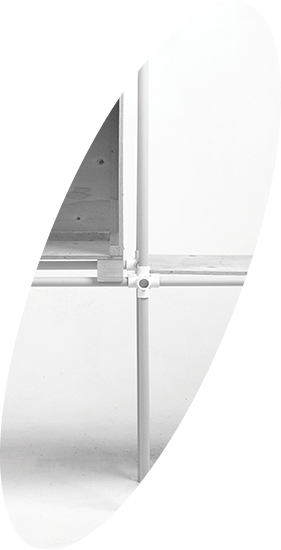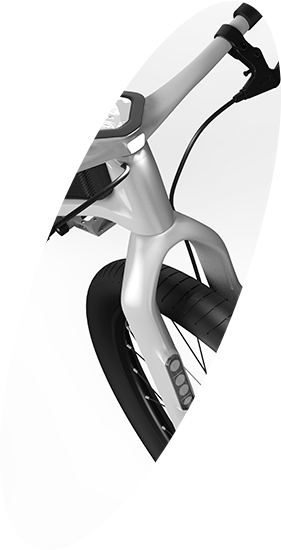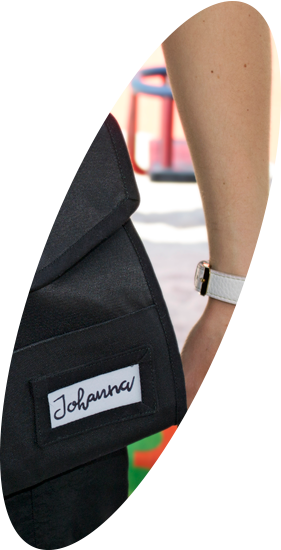The need we forgot
There is a hormone in our body that lowers our blood pressure, relieves pain, benefits our immune defences and makes us more social. This hormone is also the counterbalance to stress. The hormone I talk about is called oxytocin. During a long period of time we thought that only breast-feeding liberated oxytocin, but today we know that also physical touch activates it.
But in a country like Sweden where we are becoming more and more individualistic and where 38 percent of all households are single ones, physical connections have become something rare. Today we sometimes make detours when we let technical devices solve our problems. We sometimes forget that we, the analogue human, are the solution to the problem.
In my degree project, I am exploring the possibility of making an object that brings people together. I want to encourage us to put a hand on our colleague’s shoulder, place our children on our lap and stroke our friend’s back and remind us about a fundamental need that exists for a reason.
Det bortglömda behovet
Det finns ett hormon i vår kropp som kan sänka blodtrycket, lindra smärta, stärka immunförsvaret och göra oss mer sociala. Detta hormon är också motvikten till stress. Hormonet kallas oxytocin. Länge trodde man att oxytocinet bara frigjordes vid amning, men idag vet vi att fysisk beröring också aktiverar det.
Men i ett land som Sverige där vi blir mer och mer individualistiskt inriktade och där 38 procent av hushållen är ensamhushåll har fysisk beröring blivit en sällsynt vara. Idag går vi ibland omvägar när vi låter tekniken lösa våra problem och vi glömmer att det vissa gånger är vi, den analoga människan, som är lösningen.
I mitt examensarbete undersöker jag möjligheten att skapa ett objekt som för oss närmare varandra. Jag vill uppmuntra oss till att lägga en hand på kollegans axel, ta våra barn i famnen och stryka våra vänner över ryggen och påminna oss om ett flera tusen år gammalt behov som finns av en anledning.

 Visit: LM Ericssons väg 14, Stockholm
Visit: LM Ericssons väg 14, Stockholm